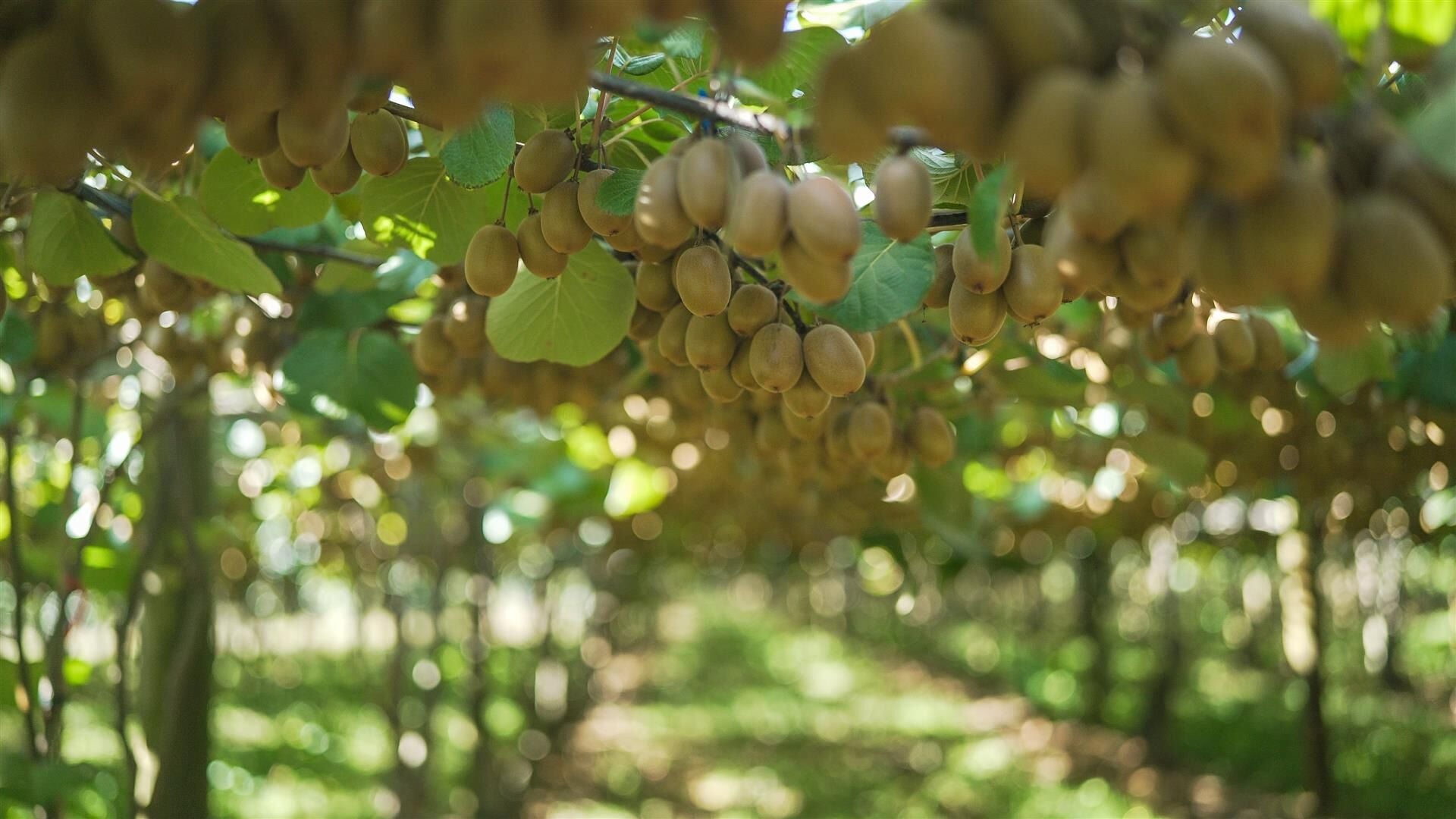Bright prospects for avocados.

Kiwifruit has long deserved its poll position as New Zealand’s premier earning horticultural crop, generating almost 50 percent of the six billion dollars earned by the fruit and produce sector last year.
However, avocados are a crop moving up in the ranks and bringing some valuable land use changes to a region keen for increased investment and employment opportunities.
Last year the sector generated $150 million in sales from 6.4 million trays of fruit with two thirds of that being export income. The industry has high hopes for expansion with a target of $1.0 billion worth of sales set for 2040.
Much of the land change shift is coming in Northland where large scale syndicates and iwi investment is helping change the landscape from what has been largely pastoral dry stock and dairy properties to expansive orchard operations.
The sub-tropical growing conditions, good water supply and sandy soils in areas including Houhora on the east coast and Kaipara on the west are proving an ideal combination for crop establishment.
In the coming years, the rate of expansion is expected to shift the balance of avocado orchards shared between Northland and Bay of Plenty from its present 40:60 split to nearer 50:50. This expansion is based upon some promising market outlooks for New Zealand avocados.
Last season’s strong returns show good signs of continuing as the avocado industry works hard to develop alternatives to the Australian market which comprises about 70 percent of New Zealand’s fruit exports.
Recognising the strong growth being experienced in plantings in areas like Western Australia, New Zealand has focused on developing Asian markets including China, Taiwan, Thailand and Indonesia.
Bayleys Whangarei country salesperson Vinni Bhula is witnessing the avocado transformation first-hand. He says avocado operations can offer a choice of either large scale, syndicated investment opportunities, or smaller scale orchard-lifestyle combinations that are often well-suited to retired farmers and family operations.
“For many people the entry into avocados can be more accessible than it is for (say) Gold kiwifruit. You can obtain a fully producing orchard of about 10 hectares for between $2.0 million and $3.5 million, often with a smaller sized dwelling attached to it.”
For many people the entry into avocados can be more accessible than it is for (say) Gold kiwifruit. You can obtain a fully producing orchard of about 10 hectares for between $2.0 million and $3.5 million, often with a smaller sized dwelling attached to it.
Those figures are supported by promising revenue figures, with a good orchard generating about $65,000-$75,000 a hectare and top tier top orchards capable of generating $80,000 to $100,000 a hectare, and industry average of circa $30,000 a hectare. Orchard costs will typically be $25,000 to $35,000 a hectare, depending how much contracted labour is used.
“It comes back to tray prices and this year $20-$25 is being forecast, which is positive when most orchards will do budgets on $15-$20 a tray. We could see returns as high as $30 a tray this year given the demand from Australia this season, the result of Western Australia having a poor fruit set.”
“The greatest opportunities we are seeing in the far north, where we are not competing with kiwifruit conversions are in pastoral beef and dairy properties being converted. You can get good land at $40,000 to $45,000 a hectare. By the time it is fully developed you would be looking at about $100,000 a hectare with 18 months to your first crop and three years to full production.”
He presently has a 95 hectare pastoral block on the market offering excellent conversion potential alongside another recently established 150 hectare avocado orchard.
“The appeal lies in its contour, sandy well-drained soil and temperate climate. A property like this also offers the scale suitable for a syndicated operation.”
He says investor confidence in the sector and the region has been buoyed by recent large- scale investment in post-harvest processing plant. Seeka has invested millions into a 7800 square meter packhouse and grading plant in early 2019, after purchasing T & Gs post-harvest facilities in Kerikeri in 2018.
Investor confidence in the sector and the region has been buoyed by recent large- scale investment in post-harvest processing plant. Seeka has invested millions into a 7800 square meter packhouse and grading plant in early 2019, after purchasing T & Gs post-harvest facilities in Kerikeri in 2018.
This was followed by a new cool-store, laboratory, and offices along with investment into converting orchards into higher producing varieties for sale with supply agreements to Seeka in place.
The company also has exclusive growing rights to the Gem avocado variety due on the market this season.
Bayleys national director rural Duncan Ross says avocados represent something of a dark horse in New Zealand’s charging horticultural sector.
“Thanks to some excellent market development work being done offshore, and solid investment here at home in packing and processing, the industry is building a very solid platform, not unlike what the kiwifruit sector enjoys.
“For prospective orchard owners the entry pricing represents excellent value, and is quite accessible, whether as an investor or as a lifestyle orchardist.”
